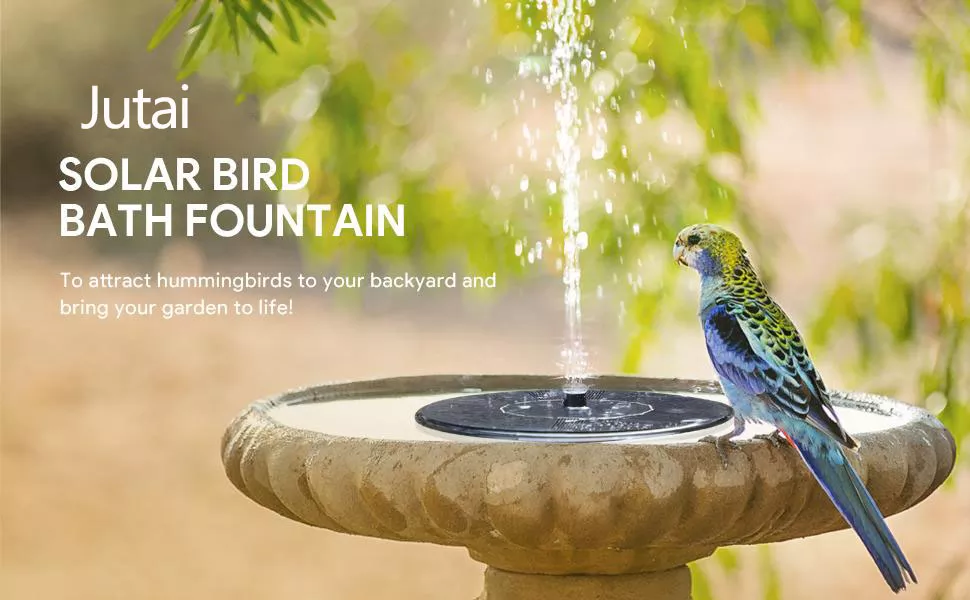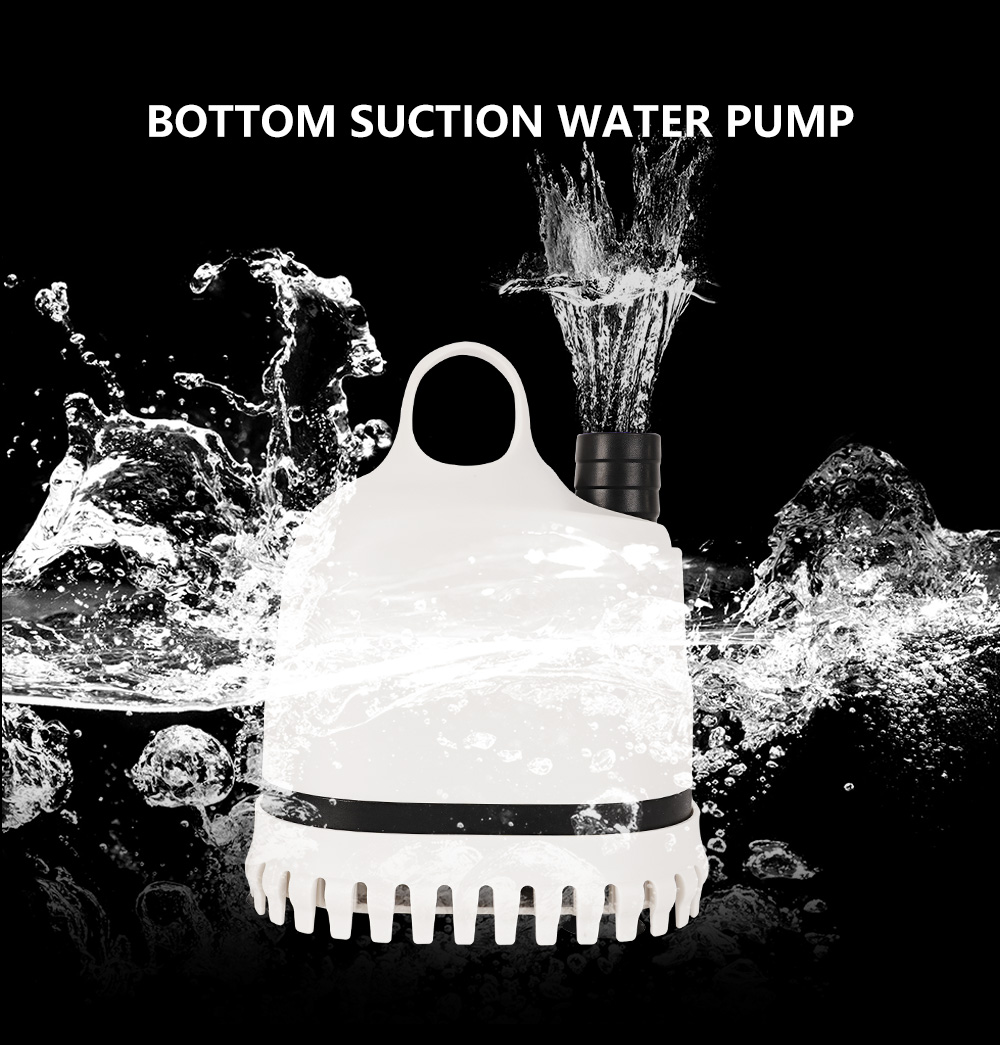1 Types of liquid pesticides Liquid pesticides can be divided into old dosage form EC, suspension concentrate (SC), aqueous emulsion (EW), microemulsion (ME), etc. 1.1 Old dosage form EC The old dosage form of emulsifiable concentrate is currently a commonly used pesticide formulation, accounting for about 40% of the total pesticide. It contains a large amount of organic solvents such as toluene, xylene, dimethylformamide (DMF), methanol, isopropanol, and acetone, which are highly soluble or corrosive, especially mixed solvents, which are more corrosive. The packaging of emulsifiable concentrate is the most demanding of composite flexible packaging among liquid pesticides. 1.2 Suspension Concentrate (SC) Suspending agent is a solid original drug that is insoluble or slightly soluble in water. With the help of some auxiliary agents, it is broken up by super-direction and dispersed relatively evenly in water to form a stable liquid-solid system with fine particles, high suspension and flowability. Suspending agents are usually composed of active ingredients, dispersants, thickeners, anti-precipitation agents, defoamers, antifreeze agents and water. The content of active ingredients is generally 5% -50%, and the average particle size is generally about 3µm. 1.3 Water emulsion (Emulsion in water, EW) and microemulsion (Microemulsion, ME) Both aqueous emulsions and microemulsions are prepared by dispersing the active ingredients of liquid or semi-solid pesticides in water. The active ingredients must be stable in water for a long time. Under vigorous stirring, the original drug is dispersed in water with the help of an appropriate emulsifier, and then a milky or transparent liquid prepared by adding stabilizers, antifreeze agents and other additives is a stable dispersion system over time. The difference between water emulsion and microemulsion is that the particle size of the active ingredients dispersed in water is different. The former is 0.1-50µm and the appearance is milky white; the latter particles are ultrafine, 0.01-0.1µm and the appearance is transparent or nearly transparent. The amount of emulsifier used to formulate microemulsion is usually larger than the amount used when formulating emulsifiable concentrate or water emulsion, sometimes up to 30%. 1.4 Suspension emulsion (Suspoemulsion, SE) Suspension emulsion is composed of water-insoluble pesticide powder and crude oil, with the help of various additives, it is formulated into a stable high suspension emulsion system using water as a dispersion medium. It consists of an emulsion phase and a continuous phase. Both phases have one or more active ingredients, but the active ingredients in the continuous phase exist in the form of a solid dispersion. Therefore, it has the advantages of suspending agent and water emulsion, avoids the toxicity of pesticide emulsifiable concentrate and wettable powder to the operator due to organic solvents and dust, and environmental pollution. It is also safe to store and transport, and has excellent performance, high biological activity, medicine The effect is more durable. 2 Packaging requirements for liquid pesticides 2.1 Traditional packaging methods and their advantages and disadvantages For the packaging of pesticides, first of all, we must ensure that the efficacy of the pesticide is not affected during transportation and storage; second, the packaging must not contaminate the pharmaceutical; furthermore, it requires convenient use and low cost. For the inspection to ensure the efficacy of drugs, the internationally accepted inspection method is to leave it at (54 ± 2) ° C for two weeks without change, which is equivalent to two years of storage at room temperature. Both glass bottles and polyester bottles can meet the requirements for ensuring the efficacy of drugs. Claim. Therefore, almost all early pesticide packaging was made of glass bottles. Because glass bottles are easily broken during transportation and inconvenient to transport, China has gradually eliminated glass bottles of liquid preparations and switched to polyester bottles. The biggest advantages of glass or polyester bottles are small permeability, good sealing, strong corrosion resistance and long shelf life. However, the disadvantages of glass bottles or polyester bottles are also obvious: the most important is the large volume-to-capacity ratio and the weight-to-capacity ratio, and high transportation costs. The 500ml bottle can only hold 400ml of pesticide, and the 0.25kg bottle can only hold 1kg of drug solution. Shipping 1 cubic meter of empty bottles, can hold about 0.8 cubic meters of liquid medicine. Similarly, when transporting 1 ton of liquid medicine, 0.25 tons of empty bottles must be transported at the same time. For example, use glass bottles to transport 1 ton of liquid medicine, while transporting bottles with a weight of 0.5 tons. 2.2 Features of composite flexible packaging Flexible packaging composite materials are usually composed of several layers of materials of different materials, and have the advantages of each single material. They have excellent comprehensive performance and can meet the requirements of liquid pesticide packaging. At present, both liquid and solid pesticide formulations are available in a few grams to 20 grams of aluminum-plastic composite small packages, and one pack per acre of land is very popular with users. Compared with traditional glass bottles or polyester bottles, flexible packaging composite materials are used to package pesticides in bags, which have the following significant advantages: First, the volumetric volume ratio and the volumetric weight ratio are small, and the transportation cost is low; second, the sealing performance is excellent. Choosing suitable base materials and adhesives can achieve the same or similar sealing effect as glass bottles or polyester bottles; third, low packaging cost and convenient use. 3 Liquid pesticide requirements for composite flexible packaging materials Due to the variety of pesticides, the strong corrosion of solvents in emulsifiable concentrates, and the strong permeability of emulsifiers, dispersants and other additives, the packaging materials used in general food and drug packaging cannot meet the requirements of liquid pesticide packaging. Special structure and special adhesive. 3.1 Liquid pesticide composite flexible packaging materials Liquid pesticide compound flexible packaging bags are generally made of film materials such as polyester (PET), aluminum foil, nylon (PA) and cast polypropylene (CPP). PET, polyethylene terephthalate. The PET film has ①good mechanical properties, strong rigidity, and high hardness; ② good high and low temperature resistance, and still maintains excellent physical properties in the range of -70 ℃-~ 150 ℃; ③ excellent barrier properties, barrier to water vapor and air Very high; ④ Strong chemical resistance, grease resistance, most solvents, dilute acid, dilute alkali. Aluminum foil is the only metal material in flexible packaging materials. It has excellent barrier properties, moisture resistance, air permeability, shading, high and low temperature resistance, and is stable in the range of -70 ℃ -150 ℃. Aluminum foil is an indispensable composite flexible packaging material for the packaging of emulsifiable concentrate liquid medicine. PA, collectively referred to as polyamide materials, refers to high-molecular polymers containing repeating amide groups on the main chain, with strong crystallinity and excellent mechanical properties. PA film has excellent tear resistance, puncture resistance, good chemical resistance, good barrier properties, wide operating temperature range, and can be used for a long time within the range of -60 ℃ -130 ℃. CPP, cast polypropylene film, is a non-stretched, non-oriented polypropylene film. According to usage, it can be divided into general CPP, aluminized CPP and cooking CPP. Used for compound flexible packaging of liquid pesticides is cooking CPP, the thickness is preferably greater than 70µm. In recent years, the emergence of high barrier multi-layer co-extruded CPP has provided more choices for liquid pesticide compound flexible packaging. Such as PA // EVOH // PP, PP // PA // PP or PP // EVOH // PP, PP // PA // EVOH // PP, these co-extruded films contain both PA and EVOH or One, the barrier effect to solvent penetration is greatly improved. Using multi-layer co-extruded film, even if the composite structure does not contain aluminum foil, some pesticides with moderate corrosion performance can be packaged. 3.2 Liquid pesticide composite flexible packaging structure The commonly used structure of liquid pesticide compound flexible packaging bags is PET // AL // CPP or PET // AL // PA // CPP high temperature cooking bag structure. With high strength and good barrier properties, it can meet the packaging requirements of liquid pesticides, especially emulsifiable concentrates. For aqueous emulsion-based liquids or powders, the commonly used structures are PET // AL // PE, PET // VMPET // CPP, PET // VMPET // PE, BOPA // VMPET // CPP. For composite structures containing VMPET, it is required to use pre-coated reinforced VMPET, otherwise, because VMPET is subjected to solvation and corrosion by solvents, additives, etc., the strength between the aluminum plating and the substrate will be reduced, and the aluminum coating layer will transfer. In severe cases, the aluminized layer disappears, leading to delamination and reduced barrier properties. Pesticides penetrate with the solvent and lose too much weight. 4 Liquid pesticide composite flexible packaging adhesive Due to the development of pesticides in China in the direction of high efficiency and low toxicity, the amount of land used per acre is only tens of grams to dozens of grams of liquid medicine, and the dosage is low. It is a light package in the packaging and the packaging content is very small. Therefore, the compound flexible packaging is used to package the pesticide. It is economical, convenient and affordable. However, due to the diversity of pesticides and strong solvation, the adhesives used in general food and drug packaging cannot meet the requirements of liquid pesticide packaging. As an adhesive for liquid pesticide flexible packaging, in addition to the characteristics of general food packaging composite adhesives, it also needs to have: ①high peel strength; ②excellent chemical solvent resistance; ③good barrier properties. 5 Conclusion Due to the variety of liquid pesticides, the strong dissolution and penetration of solvents and additives, manufacturers should understand clearly when making pesticide compound packaging bags, and do adaptability tests to ensure safety if necessary.
What should be paid attention to when selecting Water Pump
1 Cylinder size: This is mainly the water volume of the whole cylinder. The flow (L / h) of the submersible pump is generally to circulate the water of the whole cylinder 7-10 times per hour; 2. Filter bin size: because the larger the volume of the filter bin, the more filter materials can be added, the larger the expanded filter area of the filter materials and the larger the overall filter area. At the same time, it means that the large filter bin can withstand the passage of greater water flow; 3. Fish density: the more fish you eat, the more excreta you will produce, and you will need a larger flow to recycle and clean the water body; At the same time, many little white fish friends found that the feces could not be pumped, which was often caused by the low power of the water pump and the insufficient pumping capacity
Aquarium Equipment,Water Pump For Aquarium,Aquarium Filter,Aquarium Skimmer Shenzhen GAKO Aquatics Products Co., Ltd , https://www.gako-aquarium.com

Talking about pesticide liquid packaging